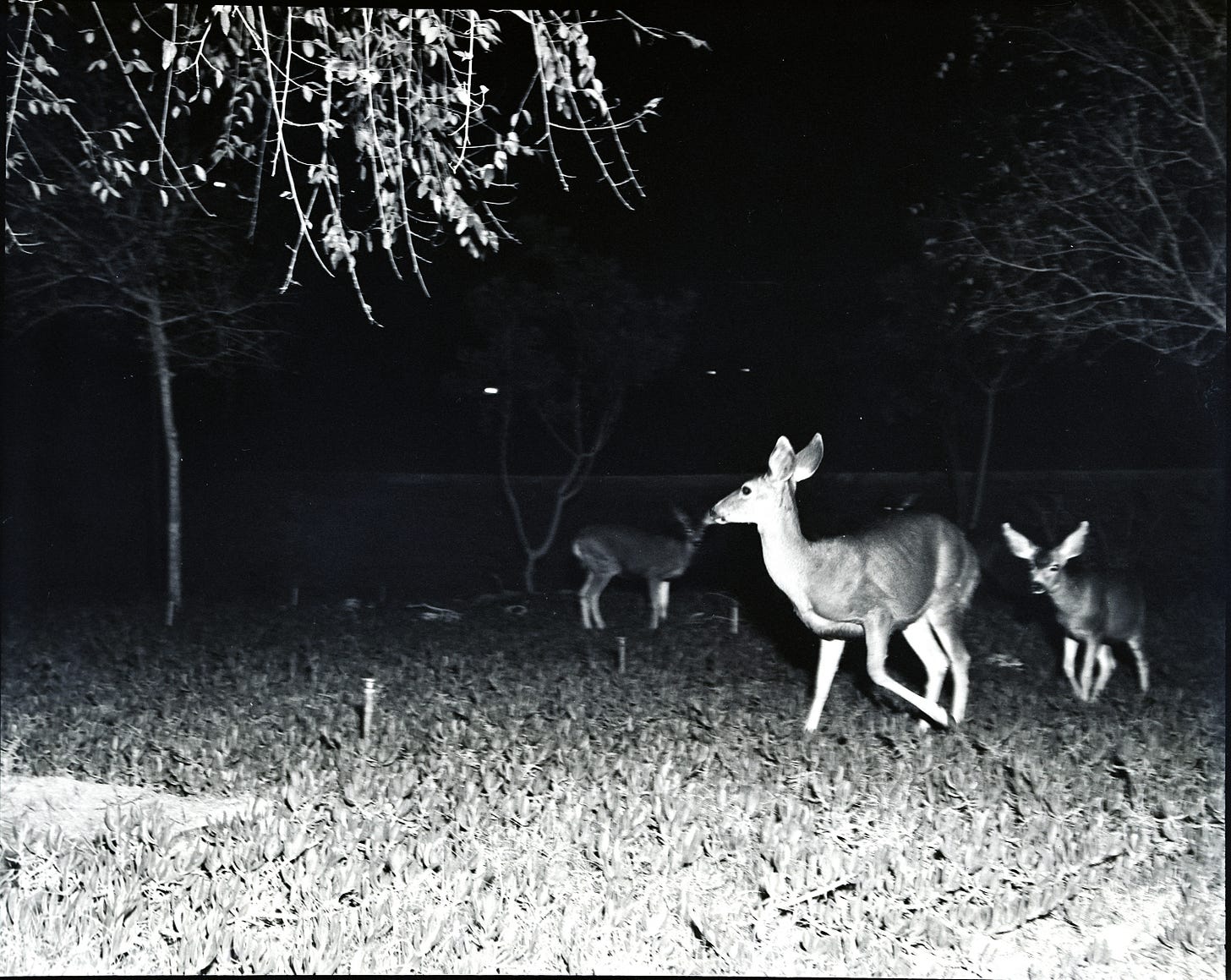In the dream from which he’d wakened he had wandered in a cave where the child led him by the hand. Their light playing over the wet flowstone walls. Like pilgrims in a fable swallowed up and lost among the inward parts of some granite beast. Deep stone flues where the water dripped and sang. Tolling in the silence the minutes of the earth and the hours and the days of it and the years without cease. Until they stood in a great stone room where lay a black and ancient lake. And on the far shore a creature that raised its dripping mouth from the rimstone pool and stared into the light with eyes dead white and sightless as the eggs of spiders. It swung its head low over the water as if to take the scent of what it could not see. Crouching there pale and naked and translucent, its alabaster bones cast up in shadow on the rocks behind it. Its bowels, its beating heart. The brain that pulses in a dull glass bell. It swung its head from side to side and then gave out a low moan and turned and lurched away and loped soundlessly into the dark.
—Cormac McCharthy, The Road, p. 1-2, Picador 2022 edition (first published 2006).
The Road — The Wayfarer’s Signs — The Roadmap — The North Star — The Ship’s Log — The Black Hole.
The quoted line in bold is the secret behind the shroud of McCarthy’s magic. The mechanism behind the sleight of hand. God behind the God particle.
Before we get to the Revelatory part; let’s take one step back, back to the title, The Road. There is the secret of the novel; how it propagates, spreads, and breeds forth, and oozes, pulsates, scintillates; there is the secret of any novel. There is the secret to writing any novel. Or, be that any ultra-longform. Anything that would necessitate some mastery of storytelling and or the craft of writing long prose.
The secret is the device utilized and named the Macguffin on the silver screen/cinema; aka the Thing; aka IT. Or as I’ve nommered it: The Writer’s Northstar (this time with a twist; or to take the magic term once again: The TURN).
It was the first thing he’d seen in a long time that stirred him.
The novel [The Road] was awarded the 2007 Pulitzer Prize for Fiction and the James Tait Black Memorial Prize for Fiction in 2006. The book was adapted into a film of the same name in 2009, directed by John Hillcoat.
In an interview with Oprah Winfrey, McCarthy said that the inspiration for the book came during a 2003 visit to El Paso, Texas, with his young son (then four years old). Imagining what the city might look like fifty to a hundred years into the future, he pictured "fires on the hill" and thought about his son. He took some initial notes but did not return to the idea until a few years later, while in Ireland. Then the novel came to him quickly, taking only six weeks to write, and he dedicated it to his son, John Francis McCarthy.
CARRY THE FIRE

“I thought about my little boy” and made some notes, Cormac said.
Coordinate. Step inside the sepulchred stone bedroom. See the scattered dust and gray particles, separated from one another by samurai steel light, lost to the vile air. Usher towards the clandestine cabinet in the corner. With the record table which by millenia worth of immersions into Stygian gray cold fire came upon the self bestowed title of the Ancient Tabula. Dust off this record and breathe in its erasures.1





